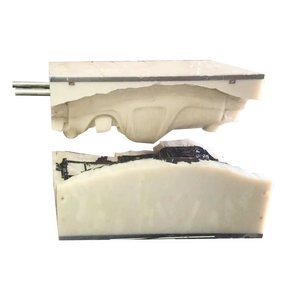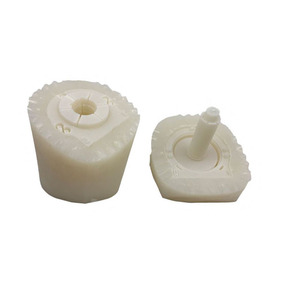Introduction to Modeling Tools
Modeling tools are essential instruments for anyone involved in the fields of design, art, engineering, or manufacturing. They serve to shape, carve, and manipulate various materials to create intricate models or prototypes that accurately reflect the designer's vision. From traditional hand tools to modern high-tech devices, modeling tools are designed to enhance creativity, efficiency, and precision in the modeling process.
Types of Modeling Tools
Modeling tools come in a wide range of types, each serving specific purposes to cater to different projects. Some frequently used types include:
- Hand Tools: Tools like knives, chisels, and spatulas that are essential for manual modeling.
- Electronic Tools: Devices such as 3D printers and CNC machines that enable precise fabrication.
- Modeling Pastes and Clays: Materials that artists use to sculpt three-dimensional shapes.
- Cutting Tools: High-precision blades that assist in detailed cutting of various materials.
- Texturing Tools: Instruments designed to give surface detail and finish to models.
Applications of Modeling Tools
The applications of modeling tools are extensive, spanning numerous industries and fields. They are invaluable in:
- Architecture: For creating scaled models of buildings and structures to visualize designs.
- Product Design: For prototyping new products, ensuring functionality and aesthetic appeal.
- Education: As teaching aids in art classes or engineering courses, enhancing hands-on learning.
- Film and Animation: For character and set creation, enhancing the imaginative process of visual storytelling.
- Crafting: For various hands-on projects such as model railroading, dollhouses, and miniatures.
Features and Advantages of Modeling Tools
When considering the right modeling tools for your projects, it is crucial to understand their features and advantages:
- Precision: Most modeling tools are designed for accuracy, allowing for detailed work that matches specifications.
- Durability: Quality modeling tools made from high-grade materials ensure longevity, offering great value over time.
- Ergonomic Design: Many tools are created with user comfort in mind, reducing fatigue during long modeling sessions.
- Variety: The wide range of available tools allows users to choose those that best fit their specific needs and preferences.
- Portability: Many modeling tools can be compactly stored or transported, providing convenience for mobile projects.















































